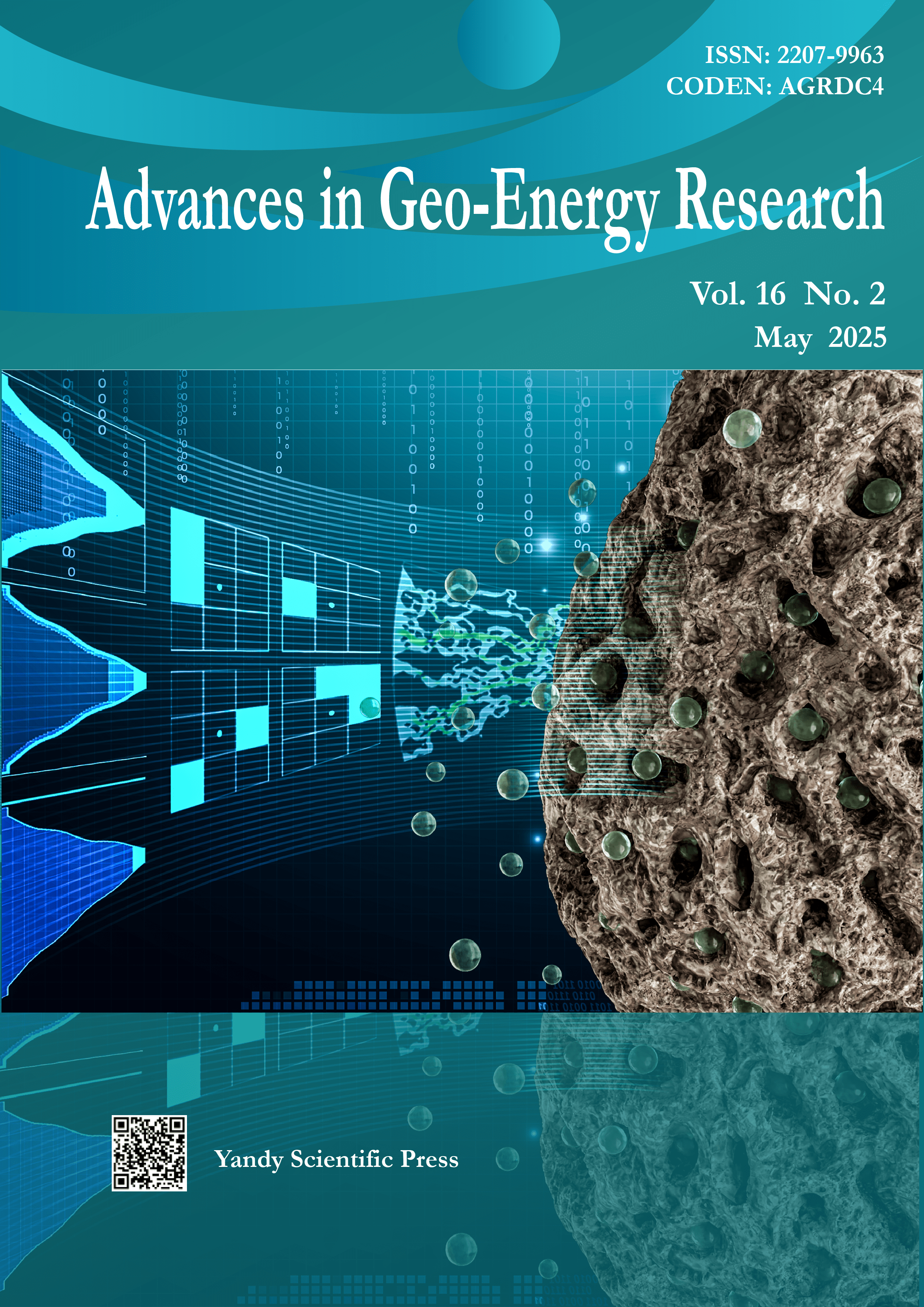Thermal-hydraulic-mechanical-chemical multiphysics coupling for geothermal energy development
Abstract
As asustainable and renewable energy source, geothermal energy holds significant potential for addressing global energy demands and mitigating climate change. However, the development of geothermal resources involves complex interactions among temperature, f luid flow, stress, and chemistry, collectively known as thermal-hydraulic-mechanical chemical multiphysics coupling. This work aims to provide a comprehensive overview of such a coupling simulation in geothermal energy development, encompassing theoretical frameworks, numerical models, and practical applications. By integrating insights from various disciplines, this perspective contributes to advancing the understanding and optimization of geothermal energy extraction processes.
Document Type: Perspective
Cited as: Sun, Z., Huang, H., Jiao, K., Wang, D., Zhang, T. Thermal-hydraulic-mechanical-chemical multiphysics coupling for geothermal energy development. Advances in Geo-Energy Research, 2025, 16(2): 91-94. https://doi.org/10.46690/ager.2025.05.01
DOI:
https://doi.org/10.46690/ager.2025.05.01Keywords:
Geothermal energy, multiphysics coupling, numerical simulation, resource extractionReferences
Aliyu, M., Chen H. Enhanced geothermal system modelling with multiple pore media: Thermo-hydraulic coupled processes. Energy, 2018, 165: 931-948.
Egert, R., Seithel, R., Kohl, T., et al. Triaxial testing and hydraulic-mechanical modeling of sandstone reservoir rock in the Upper Rhine Graben. Geothermal Energy, 2018, 6: 23.
Fang, Y., Wang, C., Elsworth, D. et al. Seismicity-permeability coupling in the behavior of gas shales, CO2 storage and deep geothermal energy. Geomechanics and Geophysics for Geo-Energy and Geo-Resources, 2017, 3: 189-198.
Gong, F., Guo, T., Sun, W., et al. Evaluation of geothermal energy extraction in enhanced geothermal system (EGS) with multiple fracturing horizontal wells (MFHW). Renewable Energy, 2020, 151: 1339-1351.
Jiao, K., Han, D., Chen Y., et al. The enriched-embedded discrete fracture model (nEDFM) for fluid flow in fractured porous media. Advances in Water Resources, 2024, 184: 104610.
Major, M., Poulsen, S., Balling, N. A numerical investigation of combined heat storage and extraction in deep geothermal reservoirs. Geothermal Energy, 2018, 6: 1.
Ricks, W., Voller, K., Galban, G., et al. The role of flexible geothermal power in decarbonized electricity systems. Nature Energy, 2024.
Song, G., Shi, Y., Xu, F., et al. The magnitudes of multiphysics effects on geothermal reservoir characteristics during the production of enhanced geothermal system. Journal of Cleaner Production, 2024, 434: 140070.
Sun, S., Firoozabadi, A., & Wheeler, M. Introduction of COMPES: Finding directions in energy and computational science. Computational Energy Science, 2024, 1(1): 1-2.
Wang, D., Dong Y., Wang Q., et al. Experimental study on the evolution of mechanical properties of hot dry rocks under alternating temperature loads. Geothermics, 2023, 107: 102599.
Ucar, E., Berre, I., Keilegavlen, E. Three-dimensional numerical modeling of shear stimulation of fractured reservoirs. Journal of Geophysical Research: Solid Earth, 2018, 123: 3891-3908.
Downloads
Downloads
Published
How to Cite
Issue
Section
License
Copyright (c) 2025 Author(s)

This work is licensed under a Creative Commons Attribution-NonCommercial-NoDerivatives 4.0 International License.
